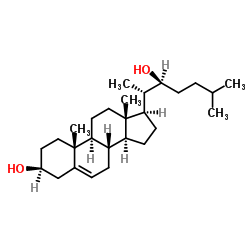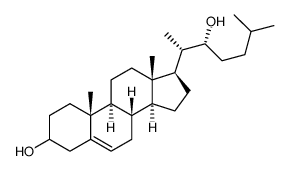| 结构式 | 名称/CAS号 | 全部文献 |
|---|---|---|
 |
22(R)-羟基胆固醇
CAS:17954-98-2 |
|
 |
22(S)-hydroxy Cholesterol
CAS:22348-64-7 |
|
 |
胞苷-3',5'-环一磷酸钠盐
CAS:54925-33-6 |